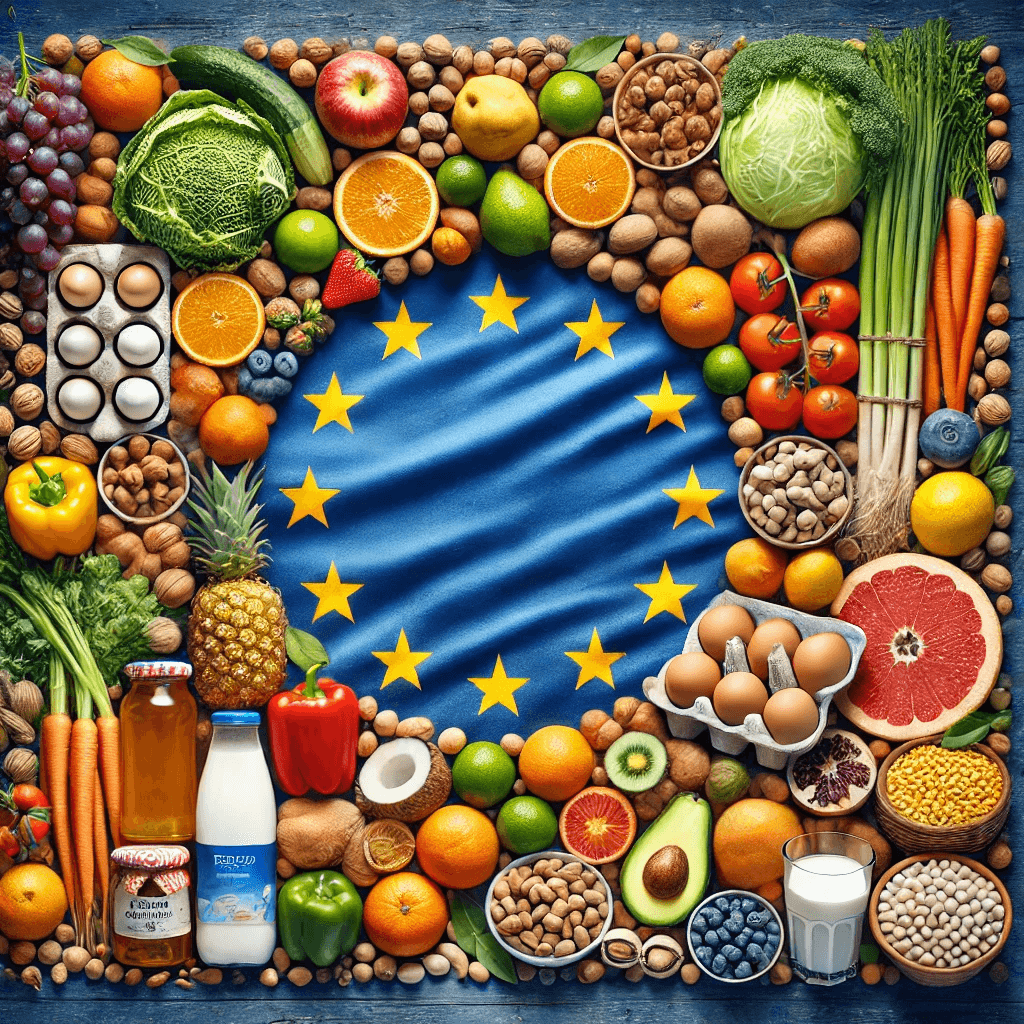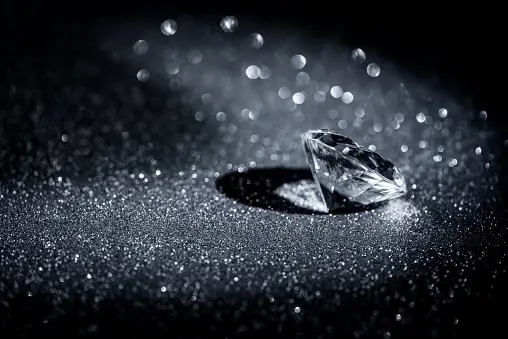
Shrimp is one of the most popular and beloved seafood ingredients around the world. Its sweet, briny flavor and tender texture make it an incredibly versatile ingredient that can be prepared in endless ways. From stir-fries to cocktails, shrimp livens up any dish.
The key to perfect shrimp dishes lies in understanding the type of shrimp and how to cook it correctly. Here are some tips that will help you cook with shrimp.
Table of Contents
Shrimp Buying Guide:
When purchasing shrimp, look for shells that are firm and shiny, not slimy or dull. The shrimp should smell like the ocean, not fishy or ammonia-like. It’s ideal to buy shrimp the day it will be cooked to ensure optimal freshness. Many fishmongers will even peel and devein them for you.
When storing shrimp, lay them flat on a paper-towel-lined plate and refrigerate below 40°F, using within 1-2 days. Frozen shrimp should be thawed in the refrigerator before cooking.
Know the Types of Shrimps:
When cooking shrimp at home, it’s important to understand the difference between varieties and sizes. Jumbo shrimp, sometimes called prawns, are the largest option, measuring over 15 shrimp per pound. The extra large shrimp fall between 11-15 per pound, followed by large at 16-20 per pound. Medium shrimp measure from 21-30 per pound, while small shrimp are 31-35 per pound. The smallest is miniature or salad shrimp, weighing 36-50 per pound.
Larger shrimp work well for grilling, broiling, and frying. In fact, for frying shrimp, you might want to try this fried shrimp recipe for dinner. Meanwhile, smaller shrimp are great for salads, pastas, and stir-fried dishes.
Prepping Shrimp for Cooking:
Prior to cooking, shrimp must be properly cleaned.
- First, peel off the shell, leaving the tail intact if desired.
- Use a paring knife to slice along the back of the shrimp to expose the digestive vein.
- Remove it with the tip of the knife. Rinse the shrimp under cool water and pat dry with paper towels.
- Butterfly larger shrimp by slicing most of the way through the underside to allow it to lie flat.
- Dabbing a paper towel with lemon will help remove any residual odor.
- Now the shrimp is ready for its destiny in the pan, grill, or cocktail glass.
The Art of Marinating Shrimp
A flavor-packed marinade can take shrimp from bland to grand.
- An easy go-to is mixing equal parts olive oil, lemon juice, garlic, and herbs like parsley, basil, or oregano.
- For Greek style, marinate in lemon juice, olive oil, oregano, and feta cheese.
- Mojo, a Caribbean marinade, combines bitter orange juice, olive oil, cumin, garlic, and cilantro.
- Asian flavors like soy sauce, sesame oil, ginger, and red pepper flakes are another favorite.
No matter which style you choose, make sure to let the shrimp marinate for 15-30 minutes to allow flavors to permeate before cooking. Just avoid over-marinating for longer than an hour, or the texture may become mushy.
How To Cook Your Shrimp
Frying for Dinner
When only crispy, golden fried shrimp will do, use medium or large shrimp for the best results. Allow shrimp to marinate as desired, then coat with flour, cornmeal, panko, or beer batter. Then, shallow fry in 1-2 inches of 350°F oil until golden brown, turning once, about 2-3 minutes total. Lastly, drain on a paper-towel-lined plate and season with salt and pepper or cajun seasoning.
Serve alongside hushpuppies, coleslaw, and fries for a traditional shrimp basket dinner. Tartar or remoulade sauce make tasty dipping companions.
Grilling
Grilling shrimp imparts a wonderful charred flavor. Choose large, peeled shrimp with tails left on and marinate in any combination of olive oil, lemon juice, garlic, herbs, and spices. Thread 4-5 shrimp onto each skewer to prevent overcrowding. Grill over direct high heat 2-3 minutes per side, until opaque. Take care not to overcook.
Serve kabobs atop fresh greens, in tacos, or sub for chicken in kebabs. Smoky spices like paprika, cayenne, and chili powder make excellent rubs for grilled shrimp.
Stir-Frying
Thanks to its quick cooking time, shrimp is perfectly suited for fast-paced stir-fries. Cut medium or small shrimp into 1/2-inch pieces and marinate briefly in a blend of cornstarch, oil, soy sauce, rice wine, and ginger. Heat oil in a wok or large skillet over high heat. Add shrimp and stir fry for 1-2 minutes until cooked through. Quickly add bite-size veggies like bok choy, snow peas, bell peppers, or snap peas and stir fry for another 2 minutes.
Serve shrimp stir-fry over rice or noodles. Oyster sauce, sesame oil, garlic, and red pepper flakes all enhance the flavors.
Boiling and Steaming
For light, healthy shrimp dishes, boiling or steaming are fast, foolproof cooking methods. Bring a large pot of salted water to a boil. Add lemon slices and whole dill or parsley. Cook medium shrimp just until pink, 1-2 minutes. Drain immediately and drizzle with olive oil and lemon juice. For steaming, place a steamer basket in a pot with 2 inches of simmering water. Add shrimp and steam for 3-4 minutes until opaque.
Serve shrimp over fresh greens in a ceviche or shrimp cocktail. Resist overcooking either method, or shrimp will become rubbery.
Shrimp in Soups and Stews
When adding shrimp to soups and stews, proper timing is key to avoid overcooking. Wait until the broth is fully cooked through and the vegetables are tender. Bring the pot back to a simmer before stirring in raw medium shrimp during the last 2-3 minutes of cooking time. Their delicate texture will hold up beautifully.
Try shrimp in seafood stew, jambalaya, cioppino, tom kha gai, or laksa. Just be sure not to boil the soup once shrimp is added, or it may toughen them.
Avoiding Common Shrimp Cooking Mistakes
- It’s easy to overcook shrimp, resulting in a rubbery texture. Be sure to remove it from heat as soon as it turns opaque.
- Do not crowd too many shrimp in one pan, which steams versus sears. Let the oil come fully up to temperature before adding shrimp for proper browning.
- Avoid marinating shrimp too long, or it will break down the texture.
- When boiling or steaming, err on the side of undercooking, as shrimp will continue to cook off the heat.
- Properly thawed shrimp helps prevent uneven cooking.
Follow these tips, and you’ll be rewarded with plump, juicy shrimp every time.
Conclusion
Shrimp is a versatile ingredient that every home cook should feel confident preparing. Follow these tips for buying, prepping, seasoning, cooking methods, and serving ideas to take your shrimp game from good to gourmet. Always source high-quality, fresh shrimp and resist overcooking for the best results. With a global pantry of seasoning options, the possibilities for shrimp are endless.






